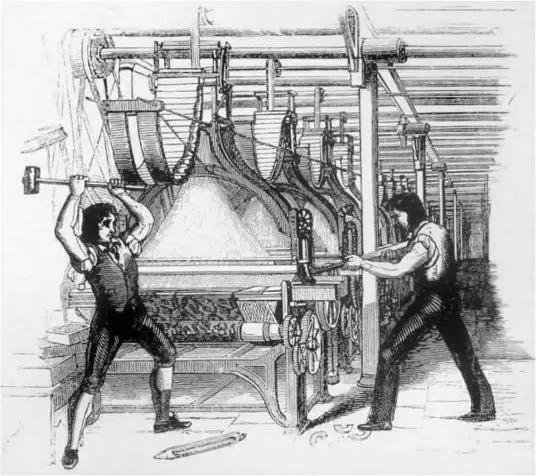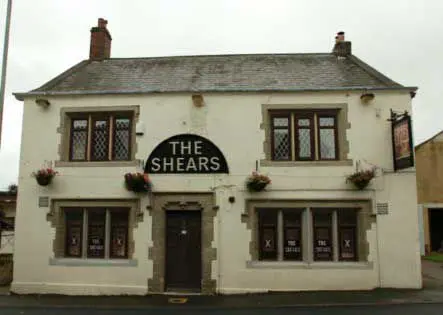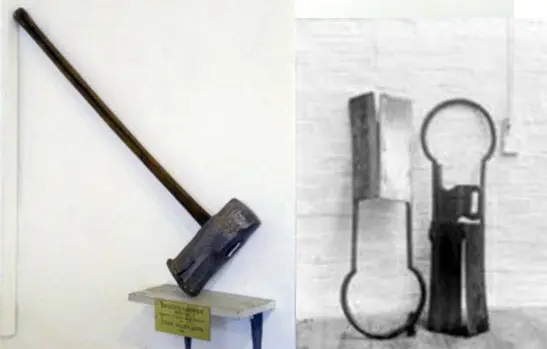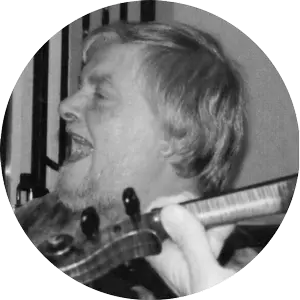
Luddites smashing the frames
The Cropper Lads
I first heard this song sung at the Grove Folk Club in 1964. It was performed by the then newly formed group who took their name from the songs title, ‘The Cropper Lads’, who I struck up a close friendship with. The four, Rennie Pickles, Alan Robinson, Bob Spray and Jim Potter with their powerful chorus singing style, and Rennie’s Dancing Dolls, soon became firm favourites with folk audiences, near and far.
Bradford born Rennie, the senior member of the group, was originally part of trio called the Wayfarers that in 1956 at the Dragon and Peacock Restaurant, started Bradford's Topic Folk Club. Alan Robinson also hailed from Bradford, a painter and decorator by trade, a keen climber, with an interest in all things maritime. He spent any spare time he had converting a ships lifeboat into a sailing vessel, so he could sail off into the wide blue yonder.
Bob Spray was also member of the climbing fraternity, a photographer by trade from Leeds, where he lived above his Fathers camera shop on Town Street, Armley.
Jim Potter was a tent maker whose one-man tent design won ‘The Climber’ magazines 1964 best design award. He had a camping shop in Bradford, but lived at Stanbury near Haworth.



